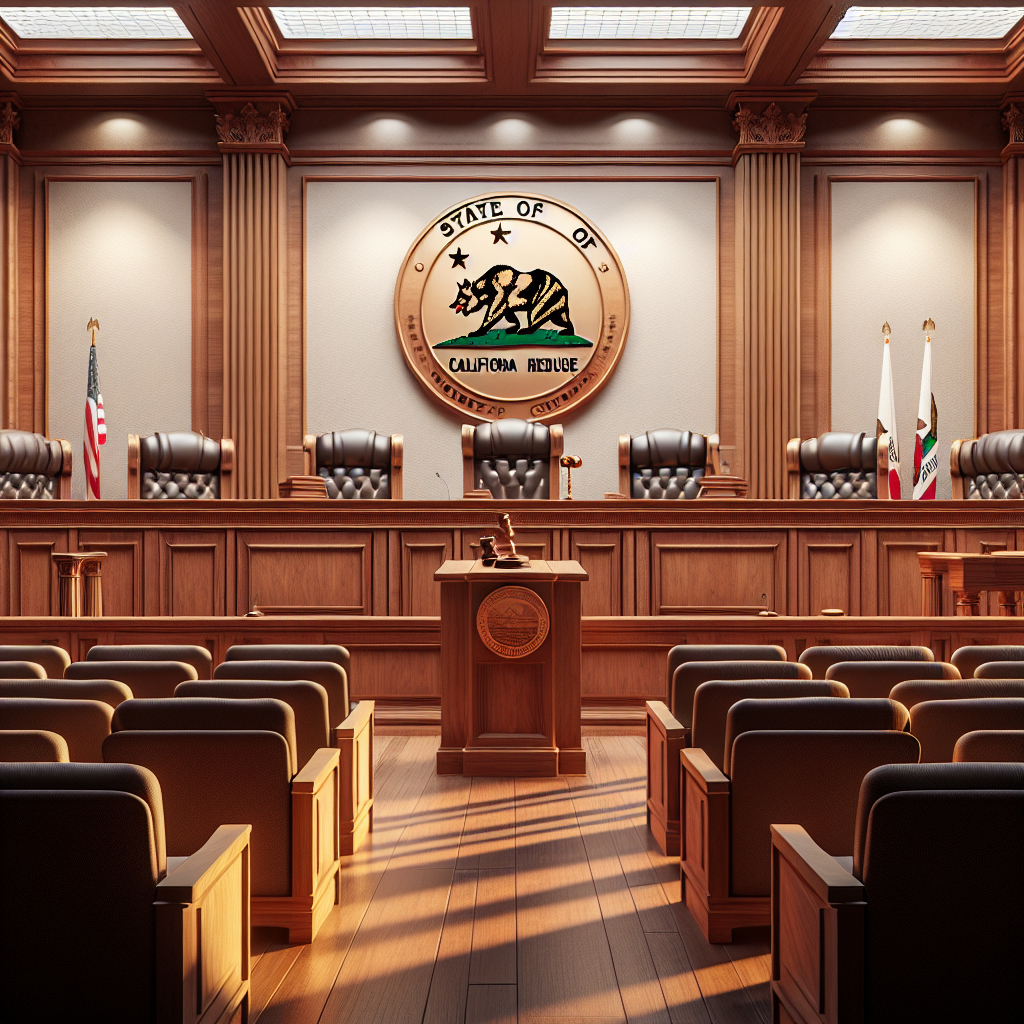Interpreting 'Regular Forces': Supreme Court Wrestles with National Guard Deployment
The U.S. Supreme Court is deliberating the interpretation of 'regular forces' in a law related to presidential deployment of the National Guard. The case stems from President Trump's bid to send troops to Chicago, contested on the grounds of legality and 10th Amendment rights by Judge Perry and reinforced by the 7th Circuit Court.

The U.S. Supreme Court is in the throes of a critical debate, tackling the nuances behind what 'regular forces' constitutes within a law governing presidential deployment of the National Guard. This legal quandary arises from President Donald Trump's attempt to send troops to Chicago amid protests, challenged by both Illinois and the City of Chicago.
Central to the case is a decision that limits presidential power unless 'unable with the regular forces' to enforce U.S. laws. While the administration argues this allows incorporation of the National Guard, Judge April Perry ruled otherwise, seeing 'regular forces' as strictly military. On October 17, she blocked the deployment, citing an absence of effort to utilize available military forces first.
Backing Perry, the 7th U.S. Circuit Court appeals panel found the administration lacking substantial evidence of protest interferences, asserting local and state authorities had effectively managed disruptions. The resulting ruling questions the necessity and compliance of Trump's orders under the stipulated legal frameworks.
ALSO READ
-
Legal Battle Over National Guard Deployment in Portland Unfolds
-
Trump's National Guard Deployments Face Legal Battles Across U.S.
-
Nepal's Political Turmoil: Supreme Court Hears Writ Against Government Formation
-
Trial to Test Legality of Trump's National Guard Deployment in Portland
-
Supreme Court Seeks Swift Justice: Pan-India Guidelines for Criminal Case Delays









